The New Haven Railroad wasn’t a fan of motor-generator electric locomotives until General Electric mated twin AC motors with a quill drive (a hollow shaft placed around the driving axle so the motor drives the quill, not the axle) and a 2-C+C-2 wheel arrangement.
The resulting locomotive was so successful that the Pennsy adopted the motor and drive system for its venerable GG1, but with a more distinctive body.
On the New Haven, the 0351-series (later EP-3 class) of locomotives was designed strictly for passenger operations, lugging a dozen or so 80-ton Pullmans in express service. The electrics were built for 70-mph operation and upgraded to 80 mph in the early 1940s.
The locomotives performed well, undergoing occasional improvements, such as replacing air-cooled transformers with liquid-cooled systems. Over their lifetime, several paint schemes were used. The boxcabs went from Pullman green to green with pinstripes, and green with gold (later yellow) stripes. In their waning days, the locomotives wore the striking McGinnis orange/white/black paint scheme.
Decreasing passenger traffic and the arrival of 60 FL9 cab diesels bumped the EP-3s to secondary duties. The last was removed from service in 1961. Today, none exist.
The model
This entry in MTH’s Premier line is one of the nicest-looking “shoeboxes” I’ve seen. While you may think that a square locomotive can generate only a finite amount of excitement, this model moves the needle pretty far on the details-and-fun meter.
The heavy, die-cast metal frame leaps right out at you, thanks, in part, to the long decks located on either end. The decks feature safety-tread texture and the frame ends feature steps, add-on uncoupler arms, and brake lines. The entire structures cover the sides of the couplers front and back, helping to hide their toy train heritage.
The wire railings on the deck are fragile. On both ends, between the front-most handrails, are tall multiple-unit connection towers (J.W. Swanberg notes in his book New Haven Power that they were rarely used).
The towers and both sets of railings are linked by safety chains.
The square body shell is die-cast metal with a ton of cast-in rivet detail. In fact, the “Brooks Brothers” striping along the sides of the shell seems to accentuate the riveting on the top and bottom edges.
The windshields feature wiper arms in the upper corners, and the doors splitting the windshields are cast in. The side windows at the engineer and fireman posts slide open, although a second set of windows (about two inches farther back) do not. Near the middle of the locomotive are dual see-through screens.
Each corner of the cab has directional marker lights. There is a single crew figure in each cab and a second empty seat, just in case the superintendent of motive power wants a ride. Cab lighting is subdued. A plain, green wall runs behind the engineer to cut off any view of the can-style motors and ProtoSound 2.0 electronics inside the shell.
What I found to be most impressive about the EP-3 is its roof. Oh, sure you have the expected headlight (with illuminated number boards), bell, and horn (on the front end), but you also have air tanks, piping, and simulated conduit lines galore.
Pull a magnetically attached lid off the roof, and underneath you’ll find the volume and smoke-unit controls, along with switches for selecting track or pantograph power to the motors, and a switch for turning the automatic-pantograph function off.
On the test track
We received Cadillac performance from this model, with its speed ranging from 2.0 scale mph to 66.5 scale mph. Drawbar pull measured a hearty 3 pounds 6 ounces, more than enough for any layout.
Like the newest scale-length GG1s from MTH and Lionel, the Premier line EP-3 has motor-driven pantographs. At our first trackside outing with this beast, we applied power and heard the quiet whir of the mechanism lowering the front pantograph and raising the rear, the correct setup for forward movement. The pantographs also can be activated at will using an MTH Digital Command System controller.
This is a way-cool feature, and it got me wondering if this is something I could retrofit on my trusty Williams E60 or Rectifier. Nah, probably not.
In addition to the magical pantographs, this die-cast metal pony offers great performance.
The EP-3 has four trucks, two inner three-axle trucks powered by can-style motors, and a pair of two-axle pilot trucks, one on each end.
There are single pickup rollers on each powered truck, about 8½ inches apart from one another.
Each of the powered trucks pivots left and right, and each pilot truck swings from the outer end of the powered trucks, instead of being attached to the frame above. This gives the pilot trucks a good degree of freedom to negotiate curves, switches, and rough track.
The MTH catalog states that the EP-3 can operate on O-54 curves, but the MTH website states that O-72 is needed. I’m not sure I’d recommend the tighter curves. Running through O-54 curves on our workshop layout, the rear trailing truck would occasionally start to climb up the outer rail when pulling a train. The locomotive never derailed, but I was nervous. So I’d stick with O-72 curves.
The ProtoSound 2.0 system functioned superbly. The sounds are clear, and speed control, odometer, and other features worked as expected, enhancing the operation of this dignified electric.
One surprise feature was the locomotive’s smoke generator. What was that? Smoke, in an electric locomotive? Yes, indeed. Since the real EP-3s hauled passenger cars, they needed boilers to keep the cars warm in winter. MTH simulates this with a smoke generator that occasionally releases a hefty puff to “blow off” excess steam pressure.
Boxcab-type locomotives have lovingly been called “shoeboxes on wheels.” Well, this is one of the finest shoeboxes I’ve seen. This model is another must-have for any fan of electric power!





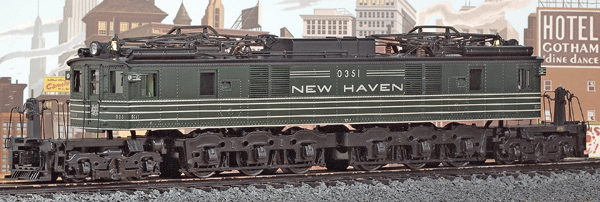

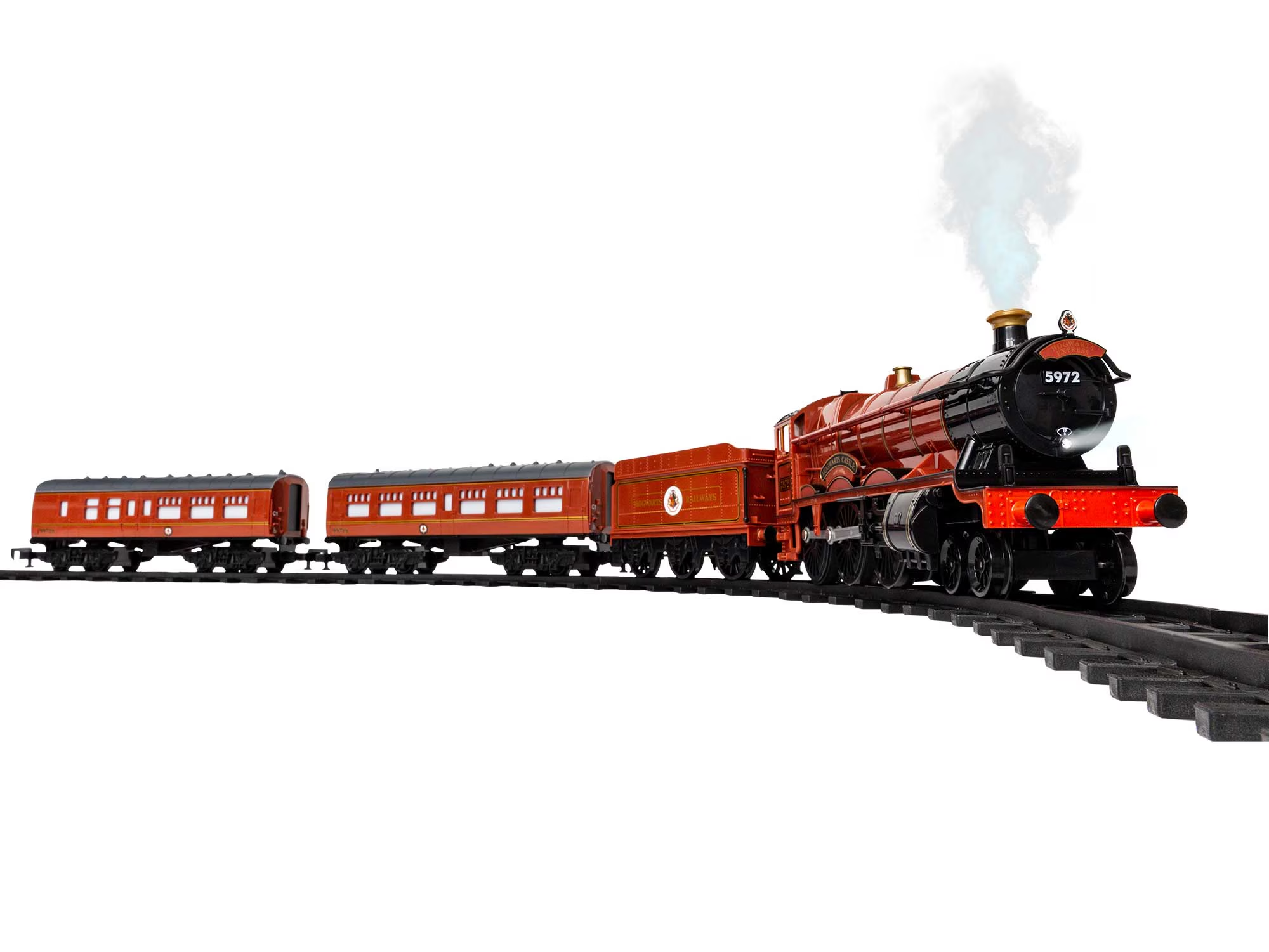
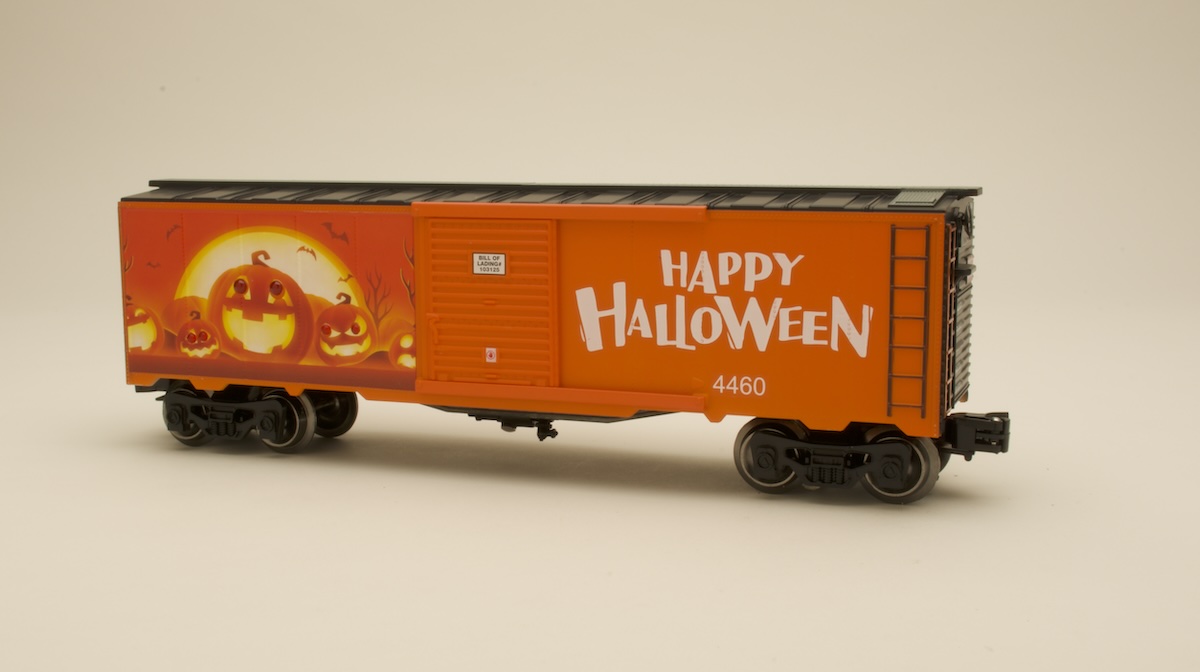
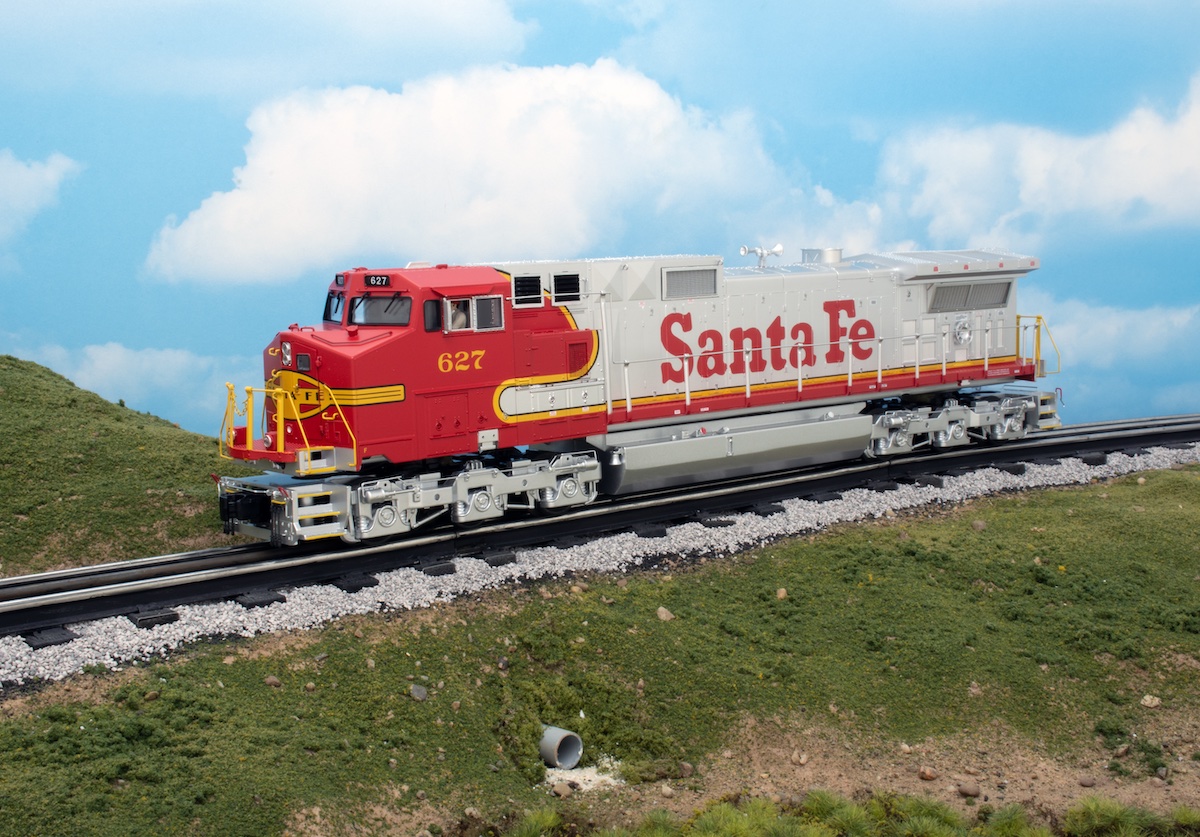
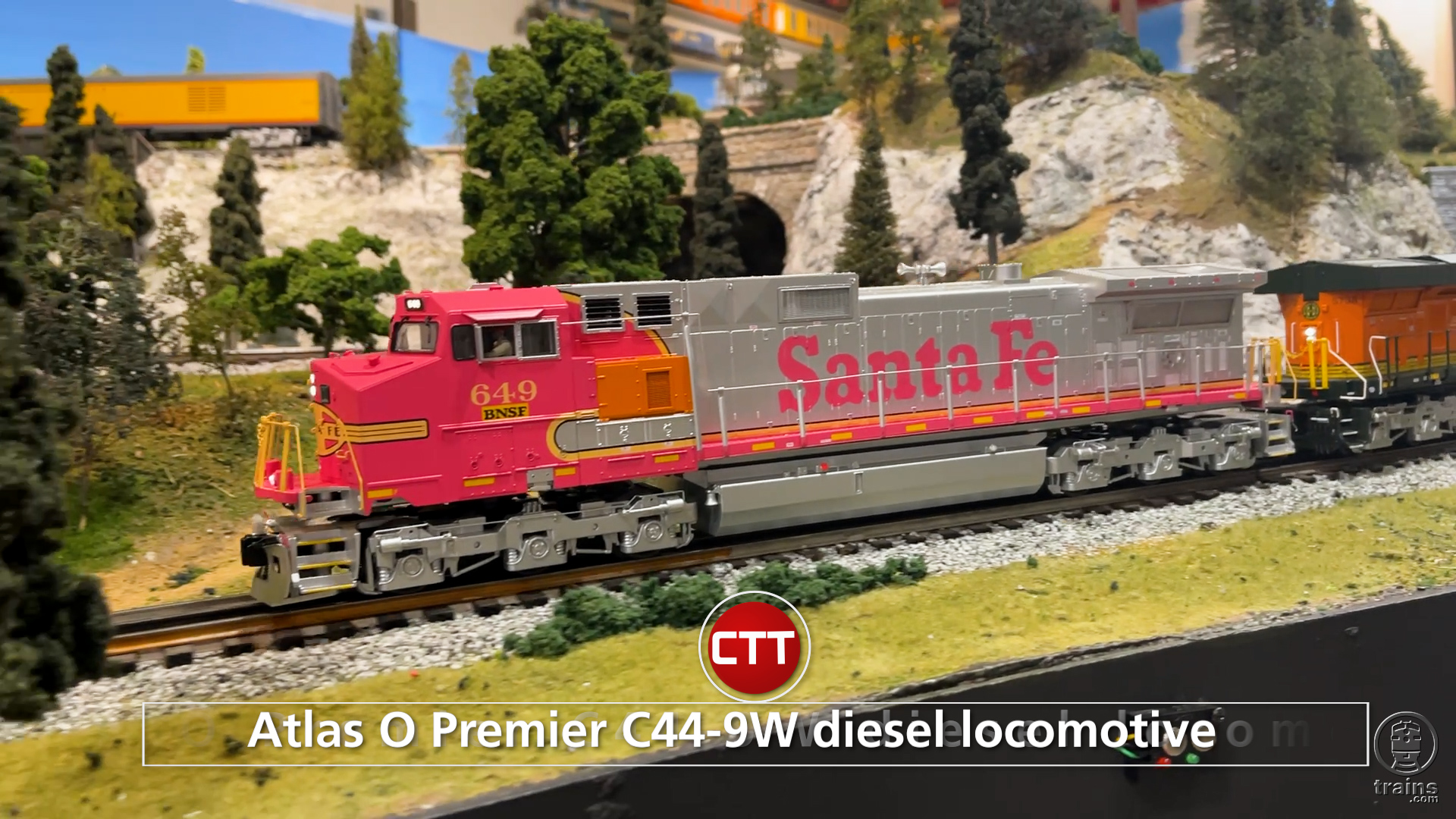




Bob's article on MTH's EP 3 caught my attention when I first read it back in 2006. At the time, I never thought I would be operating a layout with O-72 curves; and besides I was basically a diesel-electric man. Last year, I made my first electric purchase; a MTH Premier EP-2 Bi-Polar, an excellent locomotive. A few weeks ago the electric bug hit me again; and after re-reading Bob's article on the EP-3, I bought one. I am so impressed with my EP-3 that; a few weeks later, I bought MTH's Premier P5a (it's en route).
I love these electrics but have never heard one with sound activated – I wonder what you actually hear – a hum? air pump?
Would have loved to see a short video, with sound(!), on this unit. And the MSRP.